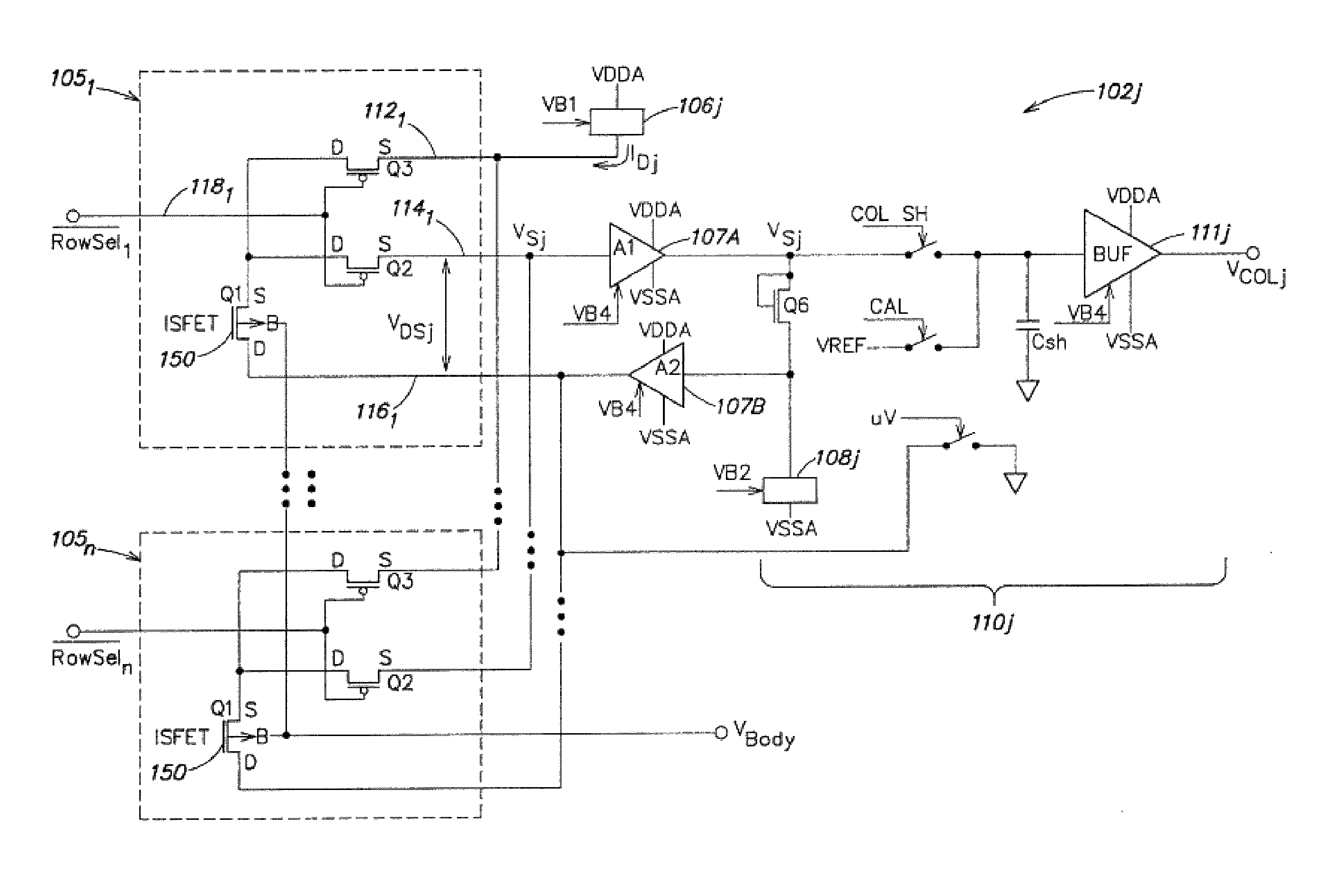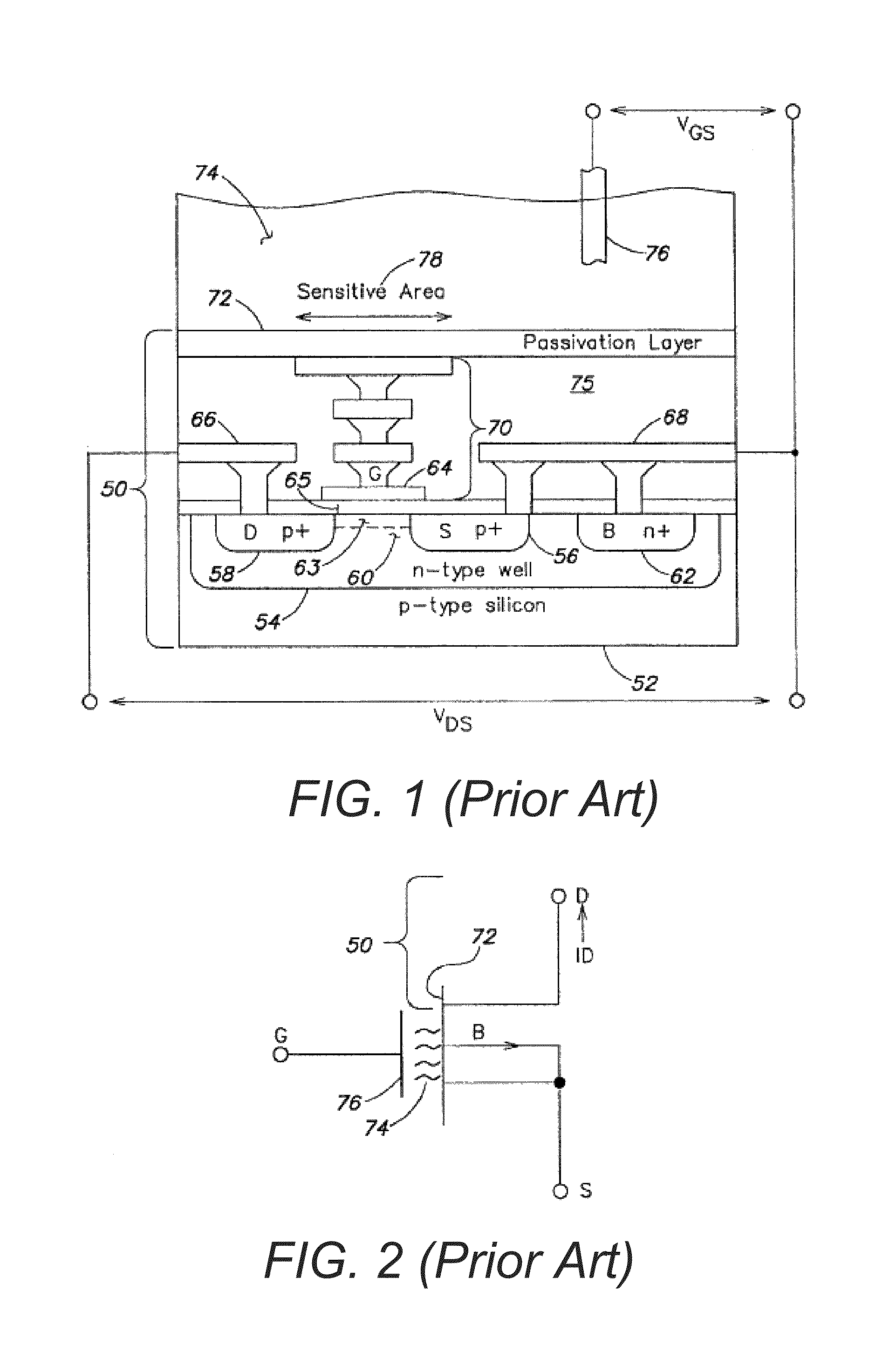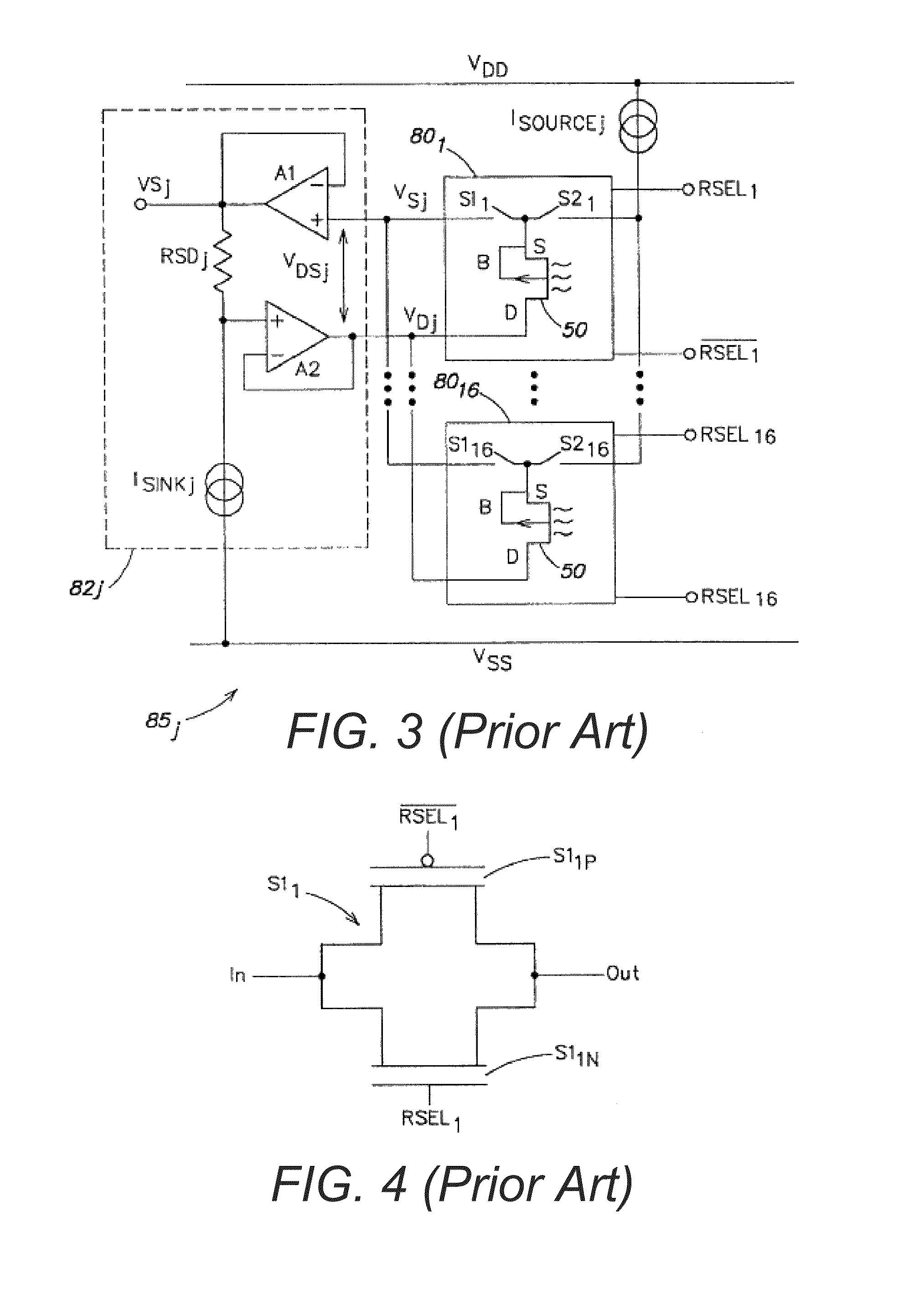Methods for operating chemically-sensitive sample and hold sensors
a sensor and chemically sensitive technology, applied in the field of chemically sensitive sample operation and hold sensor, can solve the problems of unpredictability of transmission gate operation, or omit entirely operation, and present conventional sequencing methods are limited in terms of sequence accuracy, sequence cost, and sample length. , to achieve the effect of increasing the density of the passivation layer, reducing porosity, and improving the quality of the sampl
- Summary
- Abstract
- Description
- Claims
- Application Information
AI Technical Summary
Benefits of technology
Problems solved by technology
Method used
Image
Examples
examples
[0394]The following is an example of a proof of principle for rapid sequencing of single-stranded oligonucleotides using an ISFET array.
[0395]1.1. Binding of Single-Stranded Oligonucleotides to Streptavidin-Coated Magnetic Beads.
[0396]Single-stranded DNA oligonucleotide templates with a 5′ Dual Biotin tag (HPLC purified), and a 20-base universal primer were ordered from IDT (Integrated DNA Technologies, Coralville, Ind.). Templates were 60 bases in length, and were designed to include 20 bases at the 3′ end that were complementary to the 20-base primer (Table 1, italics). The lyophilized and biotinylated templates and primer were re-suspended in TE buffer (10 mM Tris-HCl, 1 mM EDTA, pH 8) as 40 μM stock solutions and as a 400 μM stock solution, respectively, and stored at −20° C. until use.
[0397]For each template, 60 μl of magnetic 5.91 μm (Bangs Laboratories, Inc. Fishers, Ind.) streptavidin-coated beads, stored as an aqueous, buffered suspension (8.57×104 beads / μL), at 4° C., were...
PUM
| Property | Measurement | Unit |
|---|---|---|
| threshold voltage | aaaaa | aaaaa |
| distance | aaaaa | aaaaa |
| distance | aaaaa | aaaaa |
Abstract
Description
Claims
Application Information
 Login to View More
Login to View More - R&D
- Intellectual Property
- Life Sciences
- Materials
- Tech Scout
- Unparalleled Data Quality
- Higher Quality Content
- 60% Fewer Hallucinations
Browse by: Latest US Patents, China's latest patents, Technical Efficacy Thesaurus, Application Domain, Technology Topic, Popular Technical Reports.
© 2025 PatSnap. All rights reserved.Legal|Privacy policy|Modern Slavery Act Transparency Statement|Sitemap|About US| Contact US: help@patsnap.com



